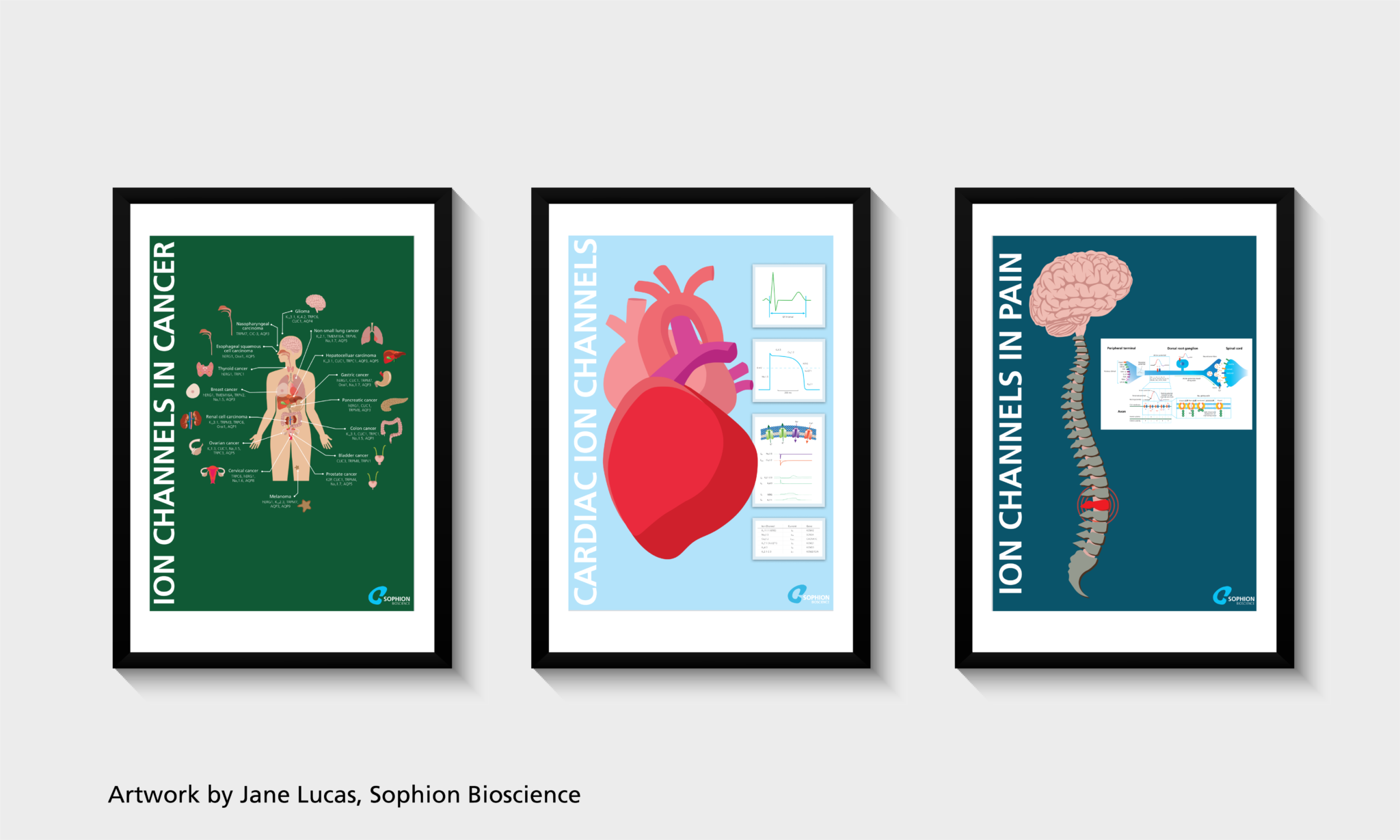24-27 September
— automated patch clamp, drug discovery, ion channels, pioneering ion channels, safety pharmacology

Safety Pharmacology Society annual meeting
Hope to see you at the annual Safety Pharmacology Meeting 2017 in Berlin. Meet us at booth #113 and speak with our ion channel experts on site.
When: 24th to 27th September
Venue: Maritim Hotel Berlin
Poster presentation (Poster #022)
Temperature effect on hERG channel pharmacology measured by using the Qube automated patch clamp system.
Abstract:
The human ether-à-go-go related gene (hERG) function is important for cardiac repolarization and inhibition of the channel can prolong the cardiac action potential, which give increased risk for ventricular arrhythmias including torsade des points (TdP). Therefore, In vitro evaluations of the compound effects is performed on the hERG channel routinely in drug development projects to detect potential arrhythmic side-effects.
Usually these compound measurements are carried out at ambient temperatures. Previously it has been shown that the potency for many compounds have been underestimated when compared to near physiological temperature tests. Therefore, a temperature controlled measuring environment is beneficial when testing compounds for the aims as mentioned here.
Until recently, the only possibility to test compound potency under voltage control conditions has been the manual patch clamp technique. Now automated patch clamp instruments with temperature control have come available making it possible to perform up to 384 parallel recordings at controlled temperatures ranging from 18°C and above.
Here we used an automated patch clamp system, Qube, to study the effect of temperature on concentration response relationships on a panel of compounds known to block the hERG channel. Qube has a temperature controlled test environment and in these studies, we show that temperature merits being taken into consideration when evaluating for hERG potency.



